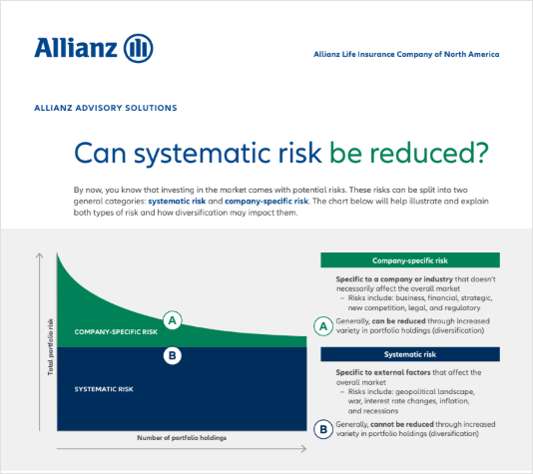Women, who make up nearly half of the U.S. workforce, are less likely than men to protect their income with life insurance according to a recent MetLife guide, Protecting a Diverse Workforce-Steps to Address the Life Insurance Gap.
With life insurance ownership already at a 50-year low, the gap in uninsured and underinsured women perpetuates the troubling trend.
Stephen Pontecorvo, vice president, Group Life Products at MetLife said, "As families increasingly depend on the income of a working woman, the ramifications of being underinsured are growing; MetLife research reveals that the workplace is the primary source for obtaining life insurance coverage for women, which uniquely positions employers to help close the underinsured gap."
Employers are in a position to take a proactive role in helping women become adequately covered simply because life insurance information is usually disseminated through the workplace. The guide urges employers to provide access to a mix of products that meet different needs, make available education materials and decision support tools to their female workforce and craft communications that reiterate the vital need for life insurance. Employers should take care that all of these measures are tailored to women.



